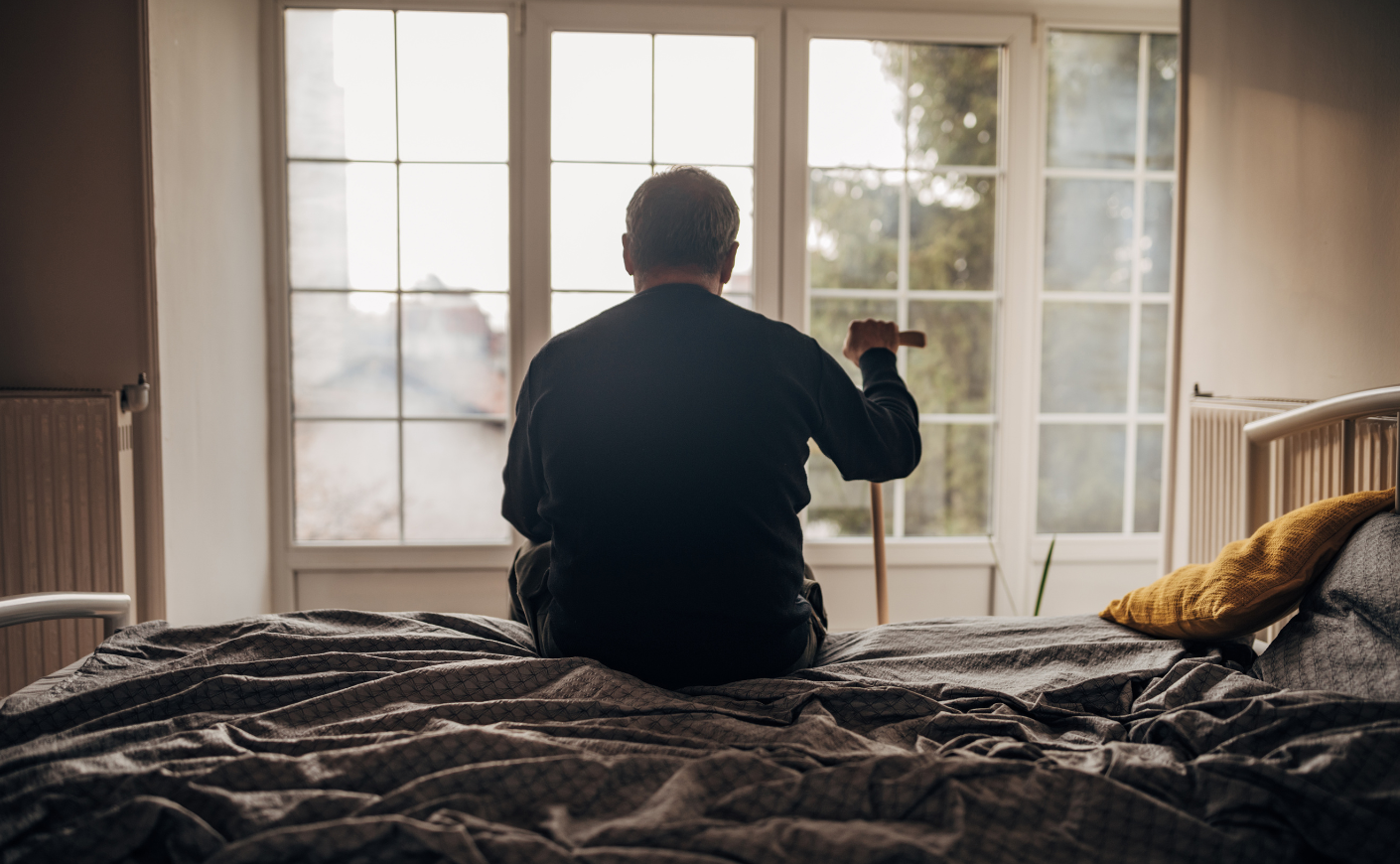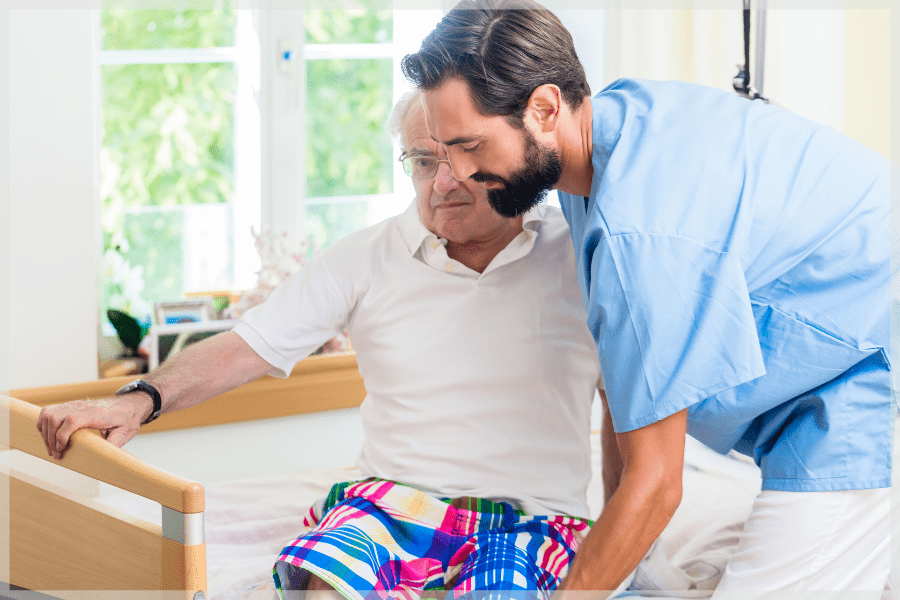As family caregivers, ensuring the safety and well-being of our loved ones is a top priority. One of the crucial aspects of caregiving is preventing falls, which can lead to severe injuries, especially in older adults. A well-balanced diet plays a significant role in fall prevention by maintaining muscle strength, bone health, and overall stability. In this article, we will explore the connection between diet and fall prevention and provide practical tips for creating a safer environment.

The Importance of Nutrition in Fall Prevention
Nutrition is fundamental in maintaining physical health and preventing falls. A balanced diet rich in essential nutrients supports muscle function and bone density, reducing the risk of falls. By incorporating specific foods into daily meals, caregivers can enhance their loved ones’ stability and overall health.
Key Nutrients for Strength and Stability
Calcium and Vitamin D
Calcium and Vitamin D are vital for bone health. Calcium strengthens bones, while Vitamin D enhances calcium absorption. Including dairy products, leafy greens, and fortified cereals in the diet ensures adequate intake of these nutrients.
Protein
Protein is essential for muscle maintenance and repair. Lean meats, fish, eggs, and legumes are excellent protein sources that help maintain muscle strength, providing stability and support.
Omega-3 Fatty Acids
Omega-3 fatty acids have anti-inflammatory properties that support joint health. Including fatty fish like salmon and walnuts in the diet can improve joint flexibility and overall mobility.
Hydration and Its Role in Fall Prevention
Proper hydration is often overlooked but is crucial for preventing falls. Dehydration can lead to dizziness and confusion, increasing fall risk. Encourage regular water intake and include hydrating foods like cucumbers and watermelon in meals.
Creating a Fall-Proof Environment
Home Safety Modifications
Simple modifications can make a significant difference in fall prevention. Remove tripping hazards, secure rugs, and ensure proper lighting throughout the home. Installing grab bars in bathrooms and handrails on stairs adds extra support.
Footwear and Mobility Aids
Proper footwear is essential for stability. Encourage the use of non-slip shoes with good arch support. For individuals with mobility challenges, consider mobility aids like canes or walkers to enhance balance and prevent falls.
The Role of Exercise in Fall Prevention
Regular exercise strengthens muscles, improves balance, and boosts confidence in mobility. Activities like walking, yoga, and tai chi are excellent for enhancing stability and reducing fall risk.
Monitoring Health and Medication
Regular Health Check-Ups
Regular health check-ups ensure that any underlying medical conditions are managed effectively. Encourage open communication with healthcare providers to address any concerns related to fall risk.
Medication Management
Some medications may have side effects that increase fall risk, such as dizziness. Review medications regularly with healthcare providers to adjust dosages or explore alternatives if necessary.
For more insights on managing caregiver stress related to fall worries, visit Caregiver Stress and Fall Worries.
Community Resources for Support
Utilizing community resources can provide additional support for caregivers. Local senior centers often offer fall prevention programs and educational workshops. Connecting with support groups can also provide valuable insights and encouragement.
Embracing Technology for Fall Prevention
Technology can be a valuable tool in fall prevention. Devices like fall detectors and remote monitoring systems provide peace of mind for caregivers, allowing for quick response in case of a fall.
Explore more about how remote monitoring can assist caregivers at Remote Monitoring for Caregivers.

FAQs
What foods help in preventing falls?
Foods rich in calcium, Vitamin D, protein, and Omega-3 fatty acids are beneficial for preventing falls. Incorporating dairy products, leafy greens, lean meats, fish, and nuts can enhance bone and muscle health.
How does hydration impact fall prevention?
Proper hydration prevents dizziness and confusion, reducing fall risk. Encourage regular water intake and include hydrating foods in the diet.
What are some home modifications for fall prevention?
Simple home modifications such as removing tripping hazards, securing rugs, and installing grab bars and handrails can significantly reduce fall risk.
For more detailed information on falls and prevention, visit Physio-Pedia.
This article contains affiliate links. We may earn a commission at no extra cost to you.






